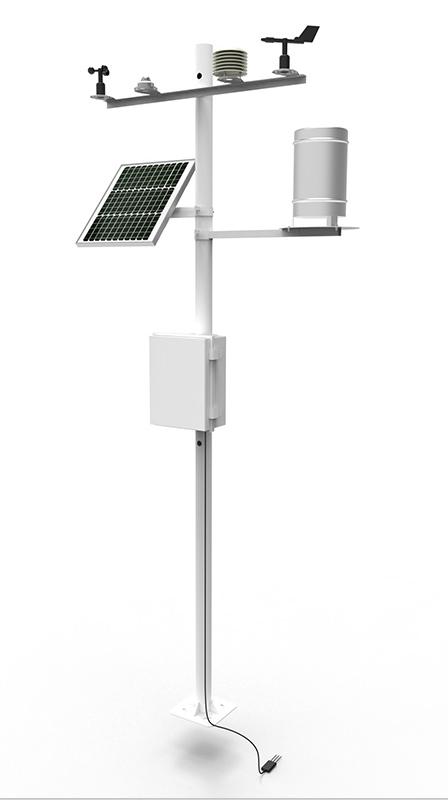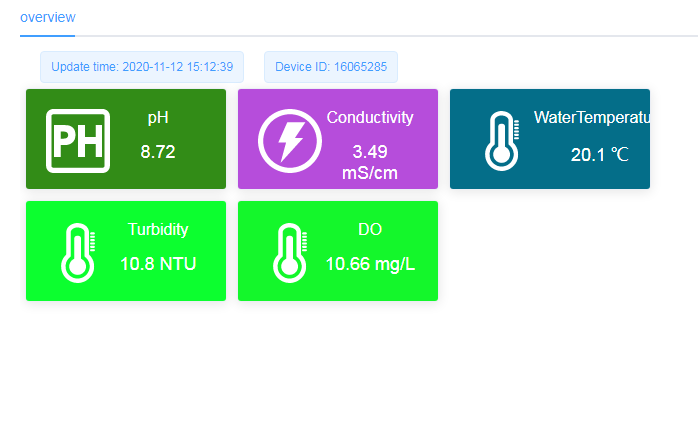

 咨询热线 15388025079
咨询热线 15388025079 时间:2022-07-11 10:17:08 浏览量:912
科普:农业气象站在智慧农业中的应用
近年来随着农业种植业的发展,越来越多的农业种植地设立了农业气象站,农业气象站的主要作用就是对农业种植过程中的气象要素进行监测,精准的种植气象要素监测为农业种植提供了参考数据支持。
农业气象台站除开展气象(包括土壤水分)观测外,还应按照农业气象观测规范,对农业生物进行平行观测,分析农业生物的有利和不利气象条件,服务当地农业生产;并向农田作业和服务部门提交观测报告。

世界气象组织根据所承担的任务,将其分为主要农业气象站、一般农业气象站、辅助农业气象站和特殊农业气象站4类,并分别规定了所需配备的人员和设备。

农业气象站的组装方式灵活,安装方便,可根据现场环境设定安装部件,根据植被高低差异而变化,不影响农作物生长。系统采用无线通信传输数据,可单站使用,也可多站组网使用,通过中心站软件对数据进行统一采集、处理、分析。农业生产与天气密切相关,一定的光、热、水、气等组合有利于一定的生产,形成有效的农业自然资源;

以水稻种植为例,安装了农业气象站之后,可以通过气象站实时记录种植气象要素数据,当暴雨来临时,可以通过气象站监测降雨信息,如果监测到的降雨过多,不适合水稻生长,那么就可以安排工作人员采取应对措施,解决对水稻的影响!通过这些气象要素的监测,可以采取一定的措施,提高农作物的产量。
农业气象台站通过监测风向、风速、气温、相对湿度、大气压力、雨量、太阳辐射、光子、土壤温度、土壤湿度、水分等要素,可以研究这些农业自然资源和农业自然灾害的时空分布规律,为农业区划规划、作物合理布局、人工调节小气候、作物栽培管理等提供服务。
上一页:智慧农业与气象站的关系
下一页:农业气象站的组成
相关推荐
相关产品